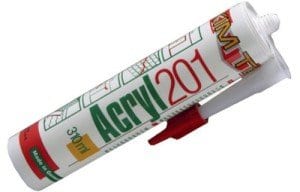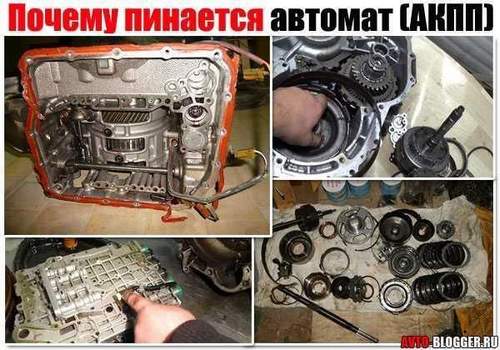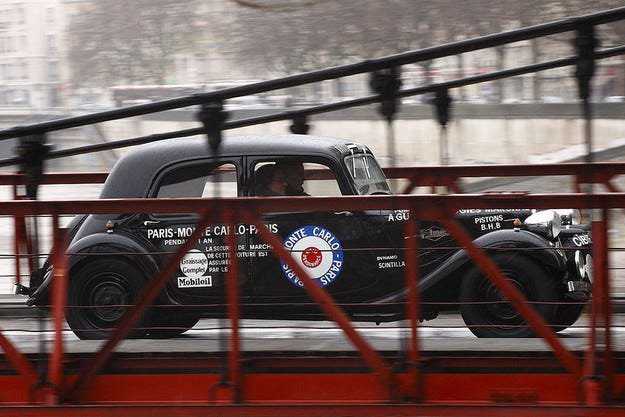
What is acrylic sealant and how to use in a car
Content
Acrylic sealant and acrylic paint are widely used in auto repair shops and for bodywork. Its function is to prevent the penetration of any substance through the surface of the connection between one element and another.

The use of acrylic sealants
Acrylic sealants are substances made from polymers extracted from acrylic acid. Due to its “Great Sealant Power”, it is used for all kinds of auto parts, joints or cracks.
When repairing a body, as a rule, polyurethane putties are used more widely, however, acrylic sealants are also used for operations such as sealing the door panel, sealing welds, after some repairs, for threads, rivets, sealing of fixing bolts, safety elements, such like belts etc.
In addition, during mechanical repairs, acrylic sealants are usually used in operations such as sealing threads, pipes, plugs or threaded parts (valves, sensors, etc.).
For their versatility and role, acrylic sealants are recognized as essential elements in the workshop.
9 reasons to use acrylic sealant in a car
Acrylic sealants provide the following benefits in the automotive industry:
- They are clean and easy to use.
- Do not deform or compress.
- Can be used in threads of any size.
- They offer better results than solvent-based sealing varnishes or paste and tape.
- They are very resistant to vibration and shock.
- Properly certified.
- Provide high corrosion protection.
- They have very good grip.
- Serve for compaction of various materials.
Tips for using acrylic sealants
The following versatile tips can be invaluable when using acrylic sealant:
- The correct preparation of surfaces for sealing is a decisive factor for achieving an optimal fit. These surfaces must be degreased, clean and dry before using acrylic sealant.
- While some sealants can be applied by hand, there are other products that are packaged in cartridges or tubes or syringes. As for the dosing of products, it is recommended to carry out it with the help of equipment, semi-automatic and automatic (manual pumps or pneumatic sprayers). When using guns to install the cartridge, it is necessary to cut the nozzles diagonally and the optimal width for dosing.
- In the case of acrylic anaerobic sealants, pre-treatment with an activator must be applied. Curing time may vary depending on sealant or material and condition of seal parts.
As noted earlier, one of the most common uses for this product in the workshop is for thread sealant. Sealants in this series fill the space between threads while at the same time installing a barrier to prevent the leakage of gases and liquids in high or low pressure pipelines.
The choice of the most suitable acrylic sealant depends on the degree of reliability and durability of the seal that is needed. In addition, other important aspects to consider when choosing:
- Type of substrate (plastic, metal or a combination thereof).
- Mount vibration level
- Pressure in the sealing zone.
- Temperature changes.
- Chemical exposure to which a compaction component may be vulnerable.
Acrylic sealant is a good choice for workshops that specialize in customizing vehicles for a commercial or specific job such as limousines or hearses. The main activity of such workshops is to adapt various elements of the car from the original, so, as a rule, this means connecting threads, pipes, wires, handrails, pipelines, etc.
Conclusion
Significant progress, technology of adhesive tapes for the automotive industry has allowed to increase the range for technical specialists of the workshop, which today is very wide. In particular, the development of acrylic sealants has allowed to market many specialized products that perform various functions. Therefore, it is very important that specialists in car repair workshops are familiar with various acrylic sealants suitable in each particular case.

